30 years ago, the national parks in Mecklenburg-Vorpommern were founded - on a tour of Jasmund National Park, one of their founding fathers tells of the exciting beginnings and the future of the protected areas.
Impossible. Impossible not to be taken by the magic of nature during a walk under the dense canopy of centuries-old beeches, between whose mighty trunks the Baltic Sea peeps out again and again. Year after year, thousands of visitors wander through this natural paradise on the east coast of Rügen in devout amazement, letting themselves be overwhelmed by the view of the Baltic Sea from the famous chalk cliffs. "The Jasmund is Germany's smallest national park, but with its unique landscape, the triad of chalk coast, forests and water, it is an outstanding one," explains geobotanist Hans-Dieter Knapp. And he continues: "The cliff forests have never really been used for timber extraction - too steep, too dangerous, too laborious. And the old beech forest is one of the very few of its kind in Europe. With UNESCO World Heritage status, it has the highest protection status."
Knapp, a professor emeritus of biology, is considered the founding father of the Jasmund National Parks. Not only as a scientist, but also as an activist, the native of Rügen campaigned for many years in the GDR for the establishment of nature reserves. "There was an incredible awakening in 1989, we simply seized the opportunity. As a citizens' initiative, we had written a concept for the Müritz National Park in December 1989, and in it we also mentioned other landscapes that could be developed in the sense of national parks." Hans-Dieter, known as Hannes, who still possesses the rebellious spirit of younger years today, as a flea-white, soon to be 70-year-old, changed desk sides at that time: "In January 1990, the deputy minister of the environment, Michael Succow, called me to him in Berlin - and from one day to the next I was then sitting in the ministry to implement with the national park program what we had suggested as an environmental initiative." Knapp, a committed environmentalist, had already worked for the environmental authority before, but virtually overnight he went from being an admonishing supplicant to a hands-on doer. Suddenly, he had the means and opportunities to turn the long-cherished ideas of citizens' environmental initiatives into reality.

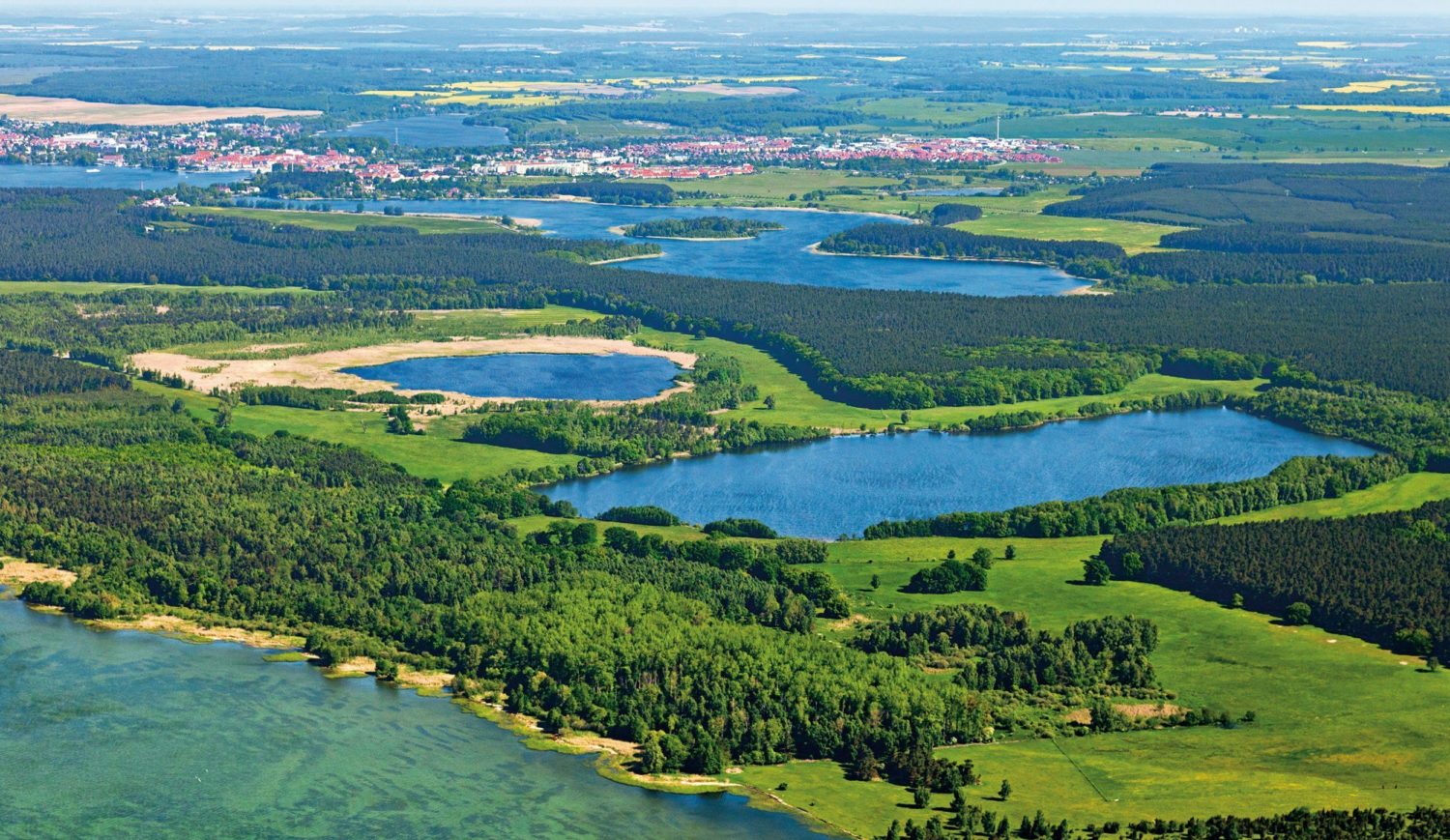
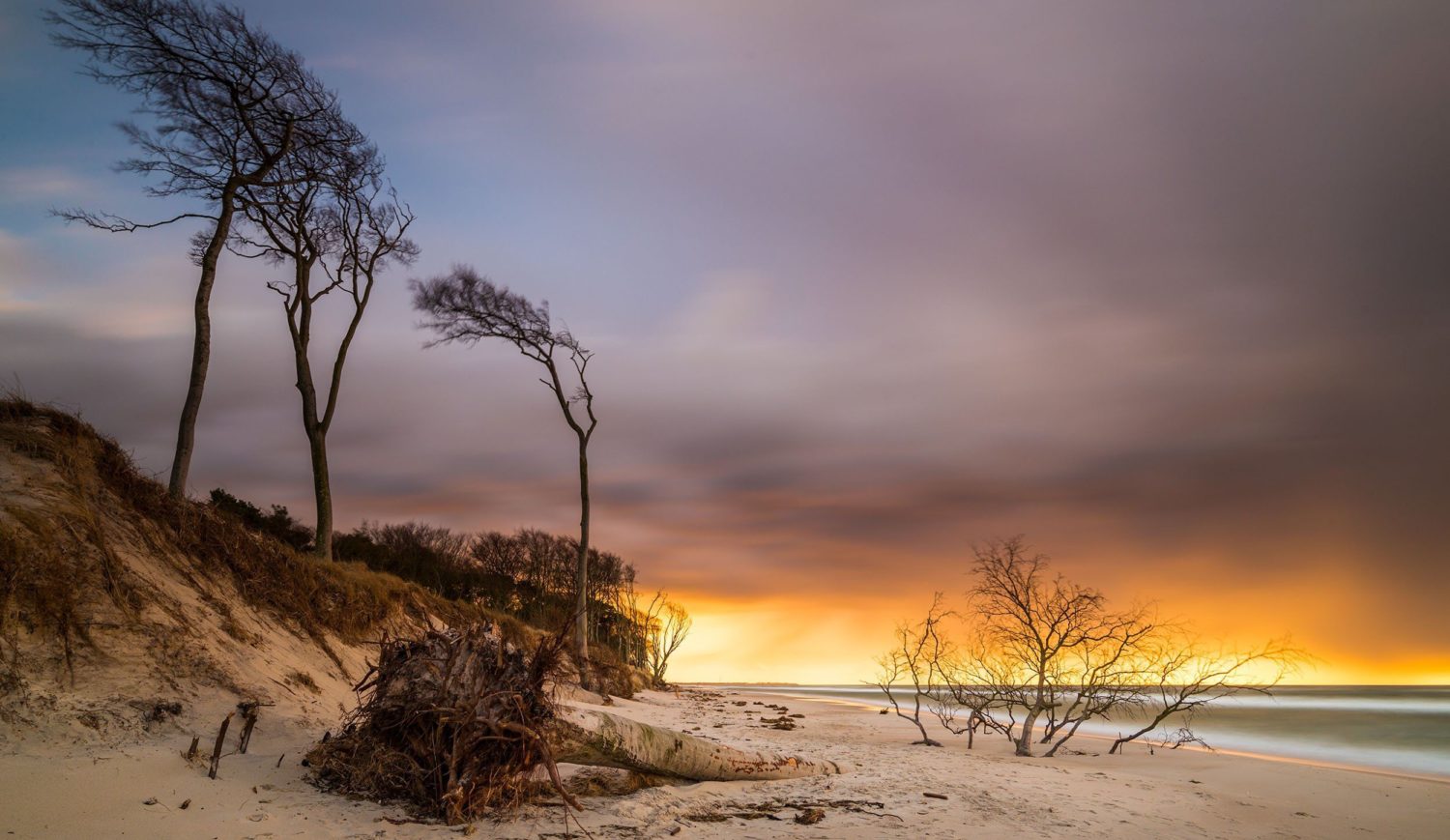
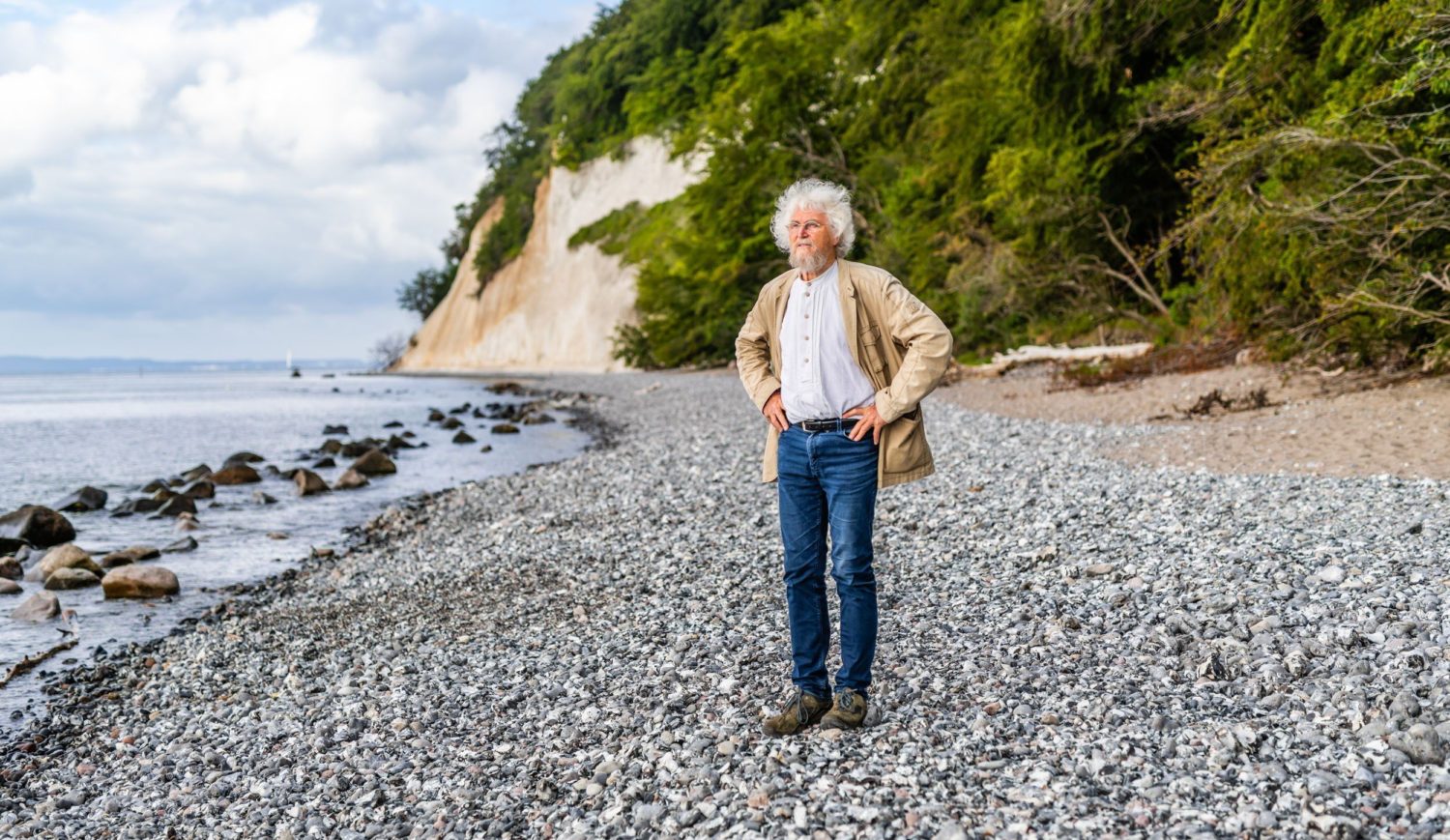
In the months that followed, Knapp toured the new German states and compiled a list of areas worthy of protection. Everywhere in the GDR, too, there were citizens' initiatives campaigning for the protection of nature in their home region - but they had not been able to achieve much up to that point. For nature, especially forests, was important to the government primarily as an economic factor: wood was a commodity. Although many forests were off-limits, this was not primarily for nature conservation. As state hunting grounds, they were off-limits to the average citizen. Now these areas have become the environmentalists' capital: "Many of today's protected areas were once state hunting grounds that were exempt from the timber industry. As a result, some very old forest areas have been preserved there," Knapp recounts. What seemed impossible for many years now happened very quickly: In its last session, on September 12, 1990, the Council of Ministers of the GDR placed about one tenth of the entire area of East Germany under nature protection. Five natural landscapes were declared national parks, six biosphere reserves and three nature parks. In the meantime, further areas have been placed under protection.
Some impressions from different protected areas in Mecklenburg-Vorpommern can be found here in the picture gallery:

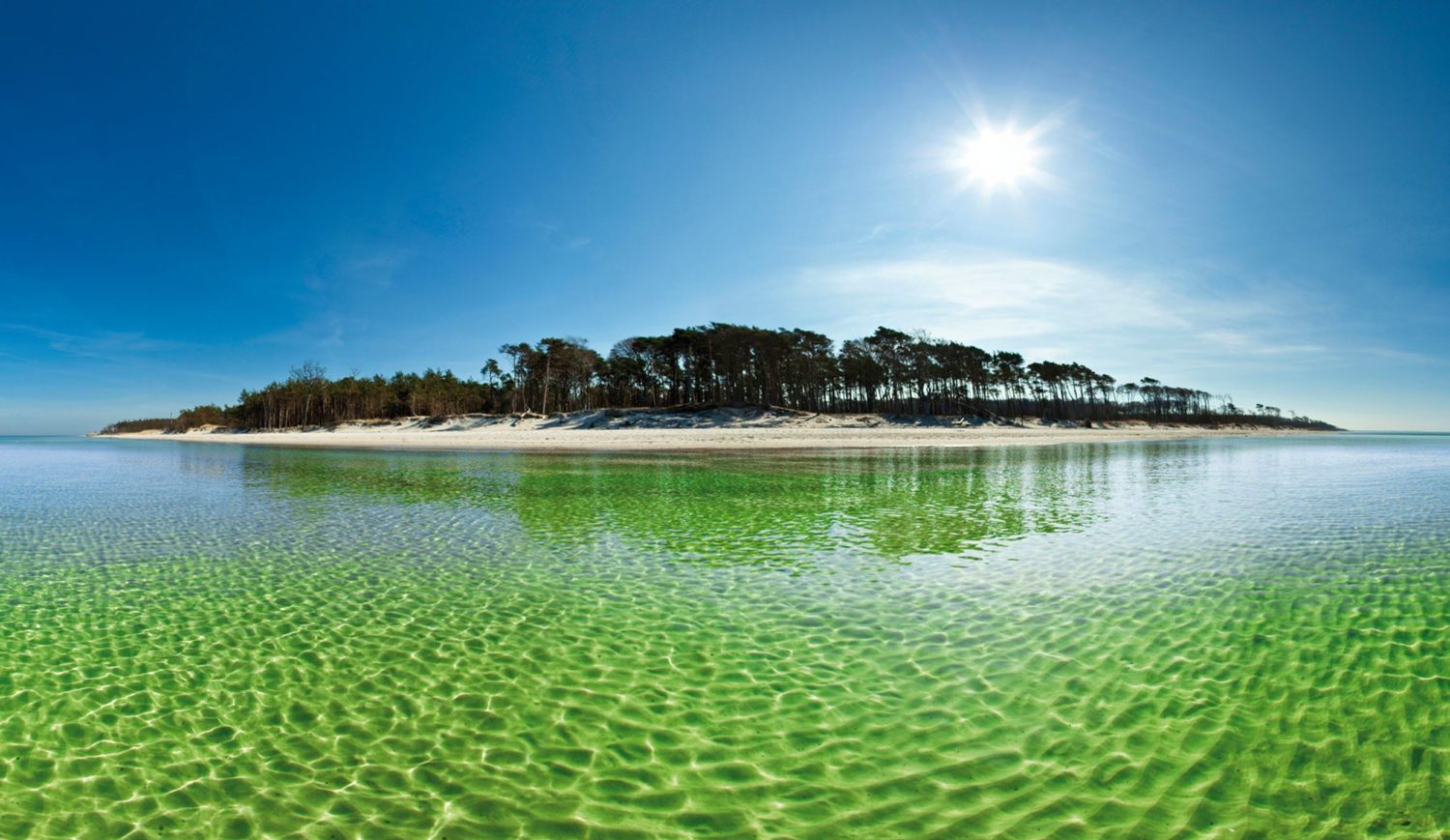
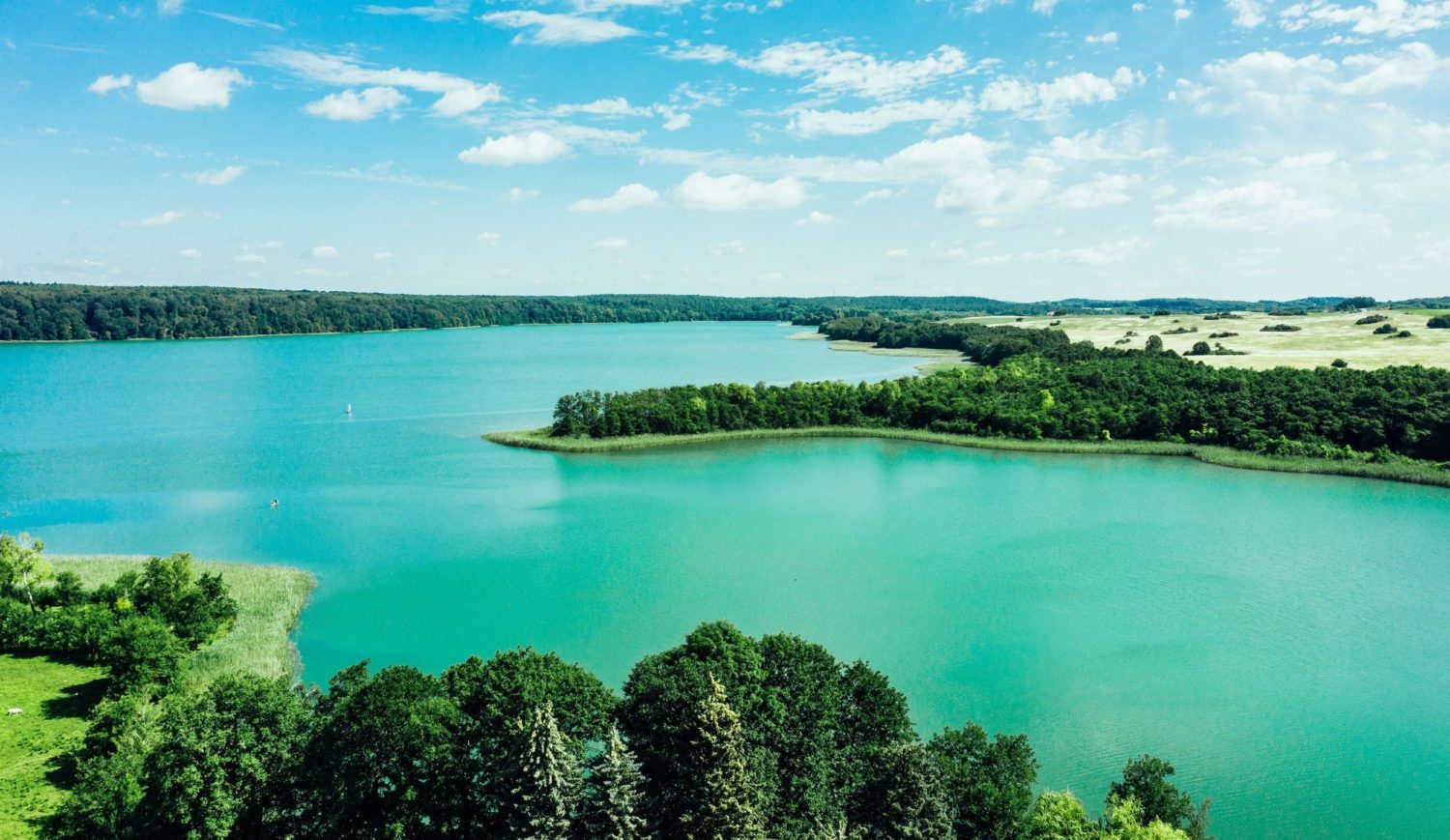
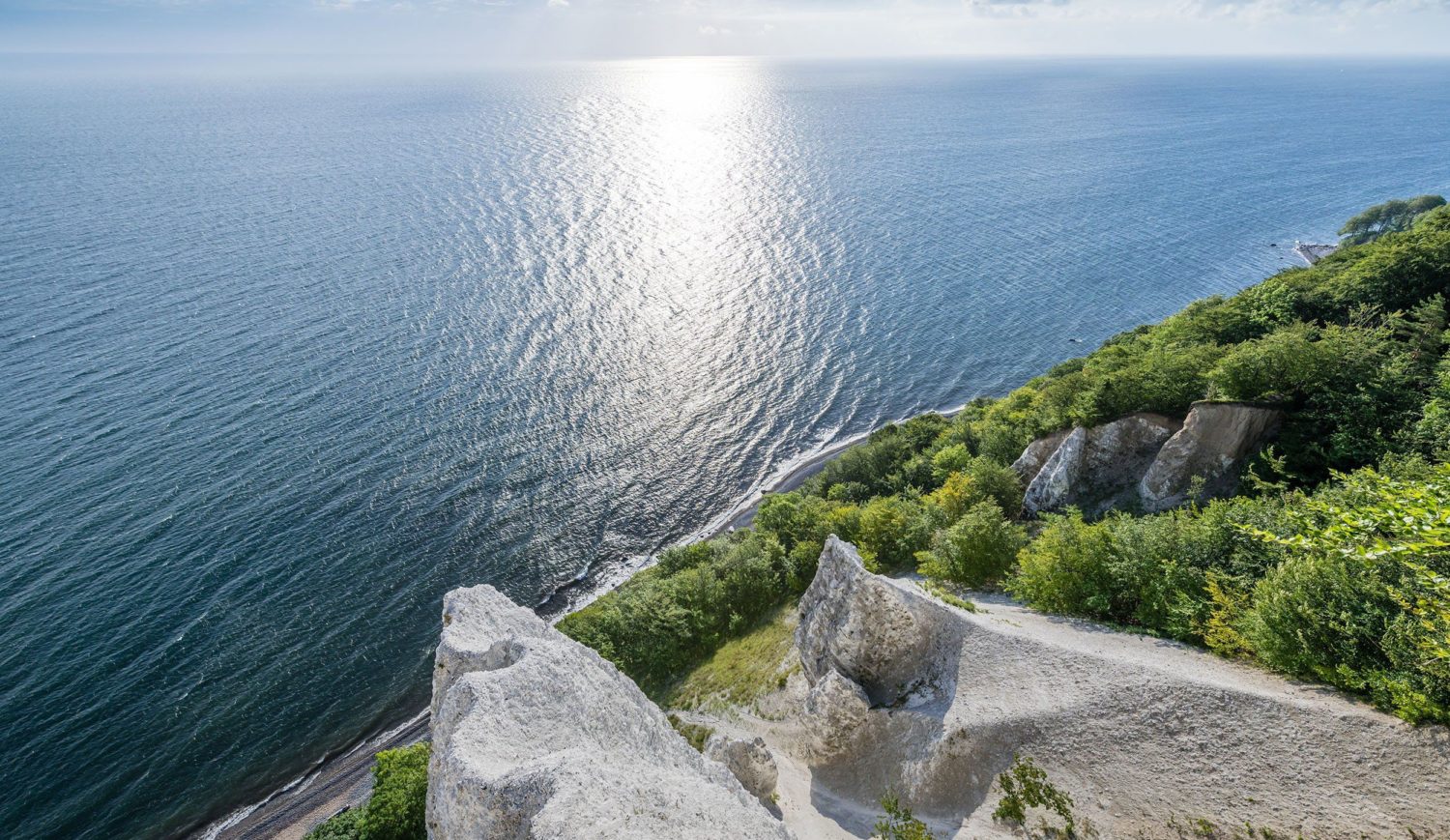

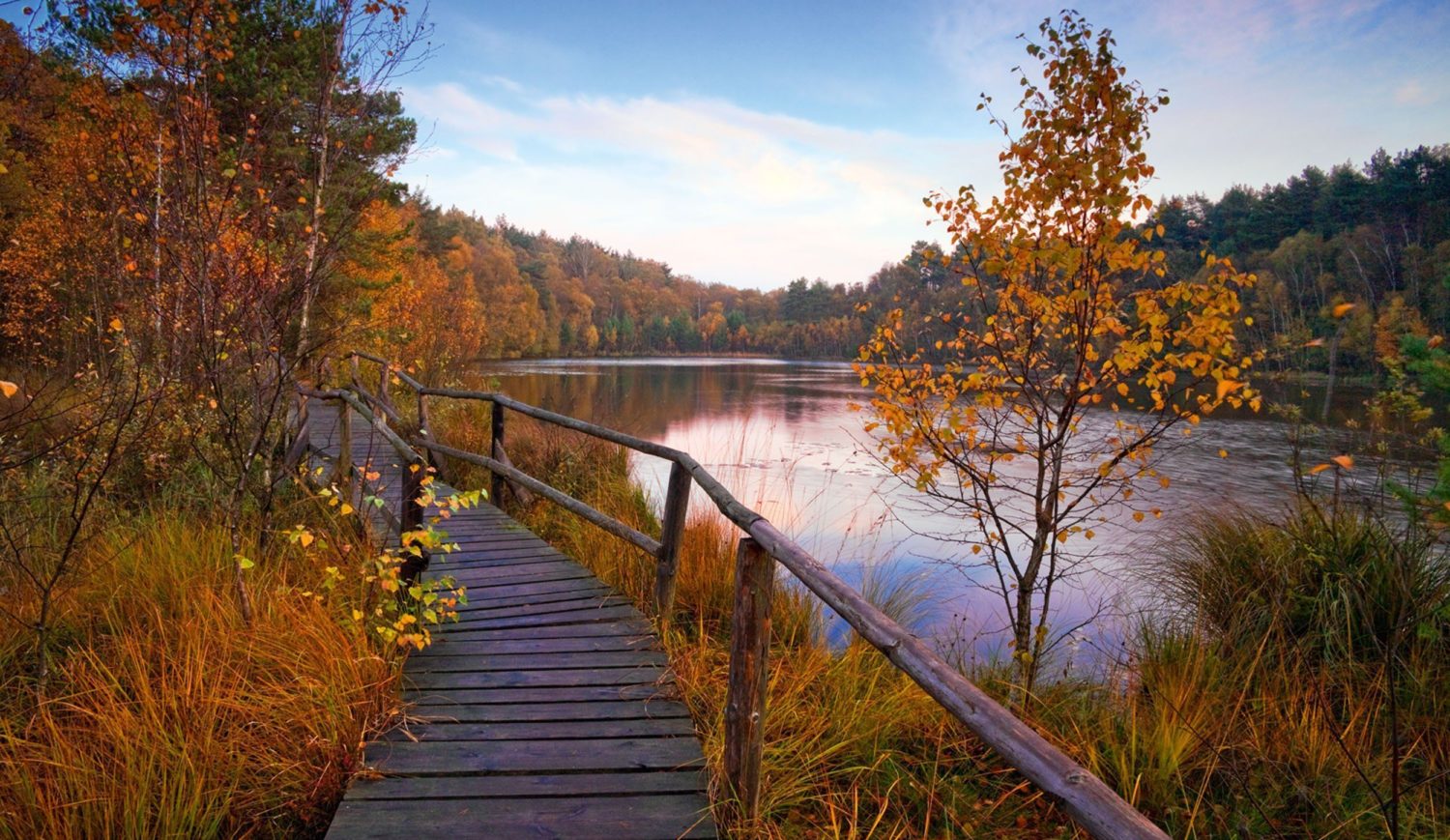
In Mecklenburg-Western Pomerania alone, there are with the Jasmund, the Müritz and the Vorpommersche Boddenlandschaft today have three national parks and three biosphere reserves. In addition, there are half a dozen nature parks. Each of the protected areas has its own character, its own landscape and ecological features - and its own charm. The Bodden landscape, for example, consisting of islands and peninsulas, lagoons and sandbanks between Fischland and Hiddensee, is constantly changing its face; wind and waves reshape the coastline here day by day. In spring and fall, the long coastal fringe is a resting place for migratory birds, when 60,000 cranes rest there alone - more than anywhere else in Europe. The Jasmund is famous for the chalk coast and the Königsstuhl - but far more area is made up of ancient beech forests, stream valleys, moors and lakes. While you can hike there for hours, the Müritz National Park in the Mecklenburg Lake District especially a paradise for water hikers. You can paddle for days, even weeks, across the many interconnected lakes here. Around 70 percent of the national park, which covers more than 300 square kilometers, is covered by forest, crisscrossed by a ramified patchwork of several hundred lakes, rivers and moors. A vast area that has become the habitat of numerous endangered species. In the core zones of the national parks, nature is allowed to develop undisturbed, and humans do not intervene to guide or maintain it. Hikes guided by rangers, events and exhibitions in the Nature Experience Centers provide visitors to the protected areas with exciting background knowledge about the fauna and flora of the landscapes.
How to get to the Müritz National Park by train: Plan arrival.
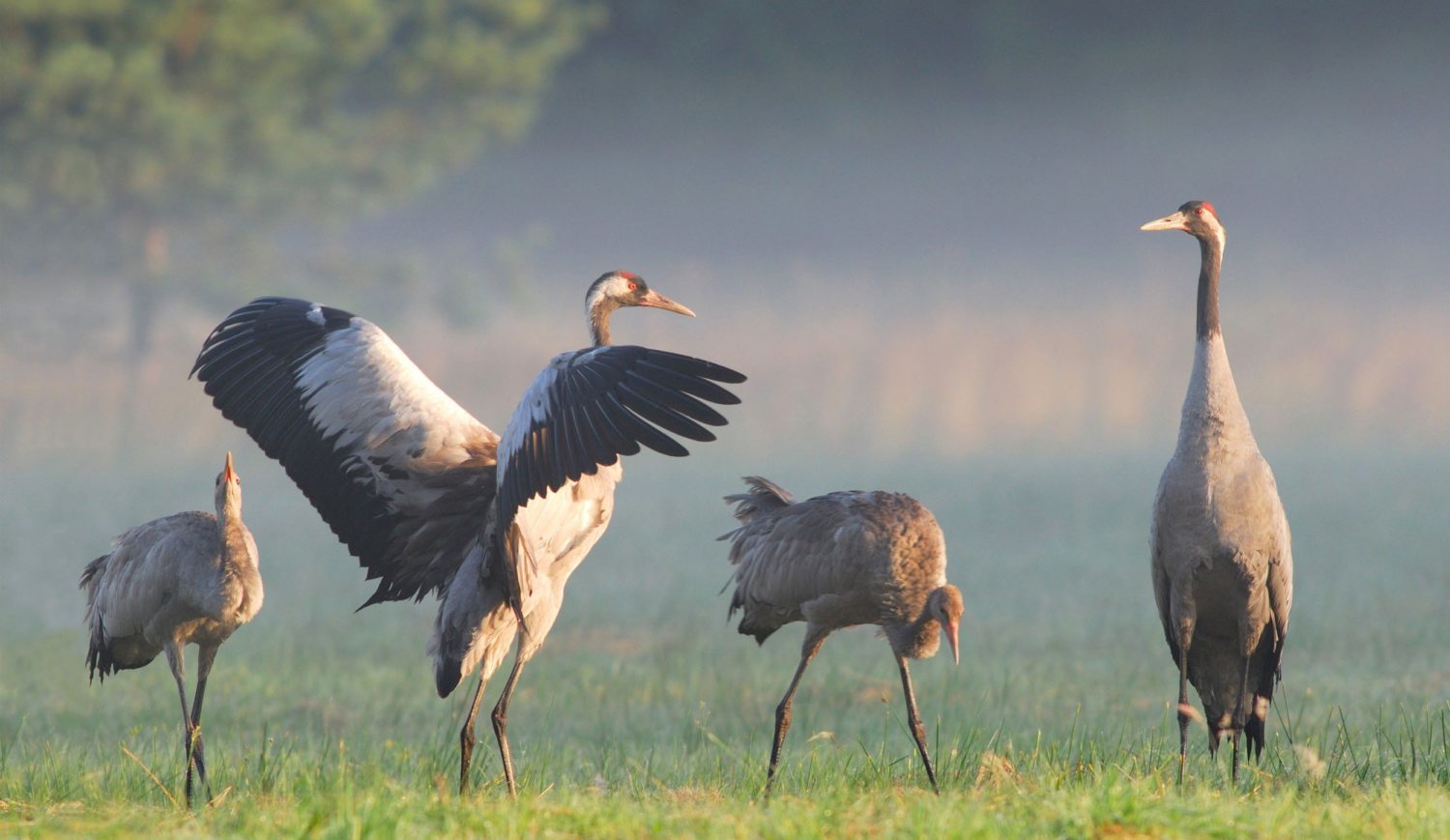
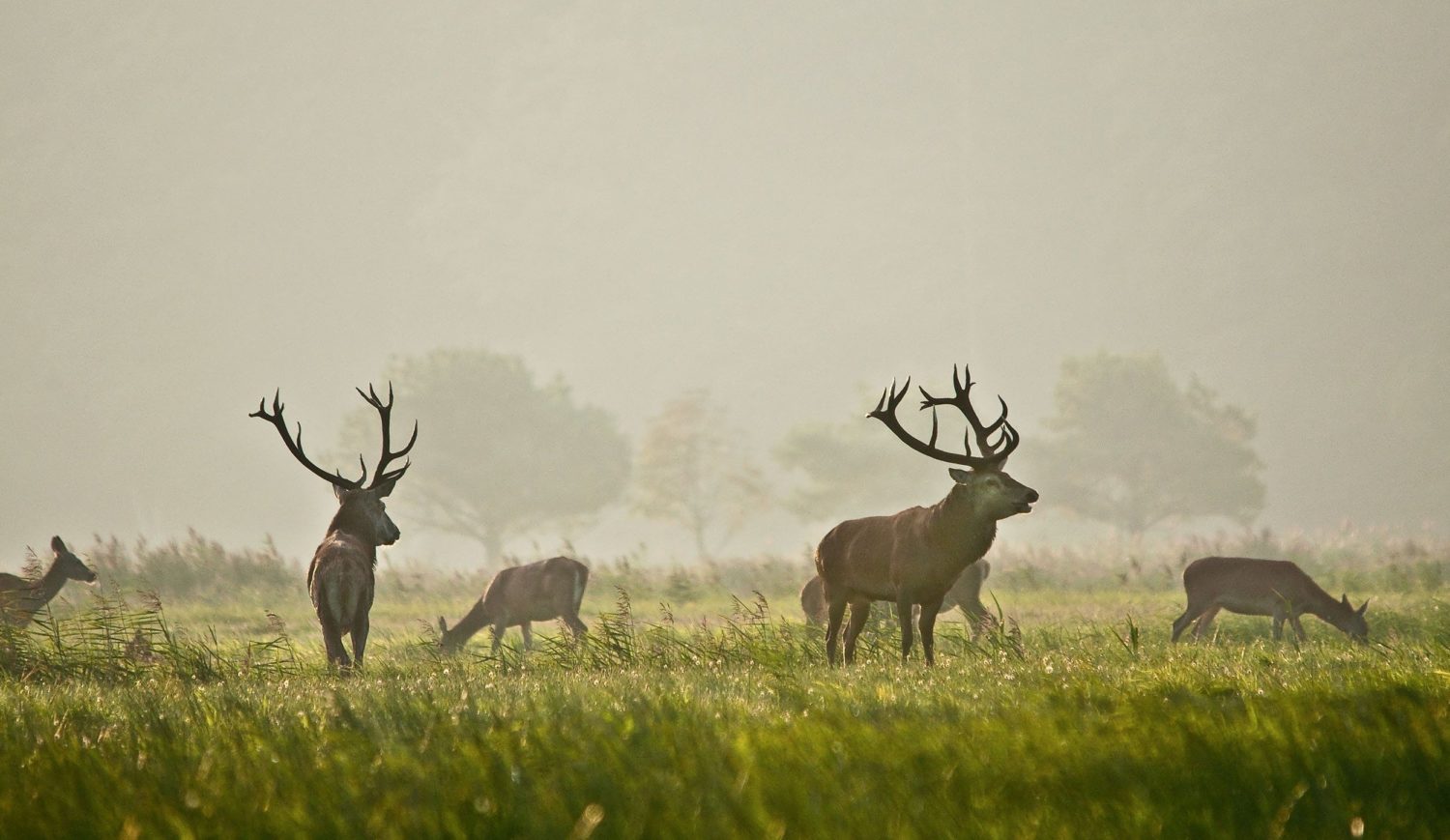


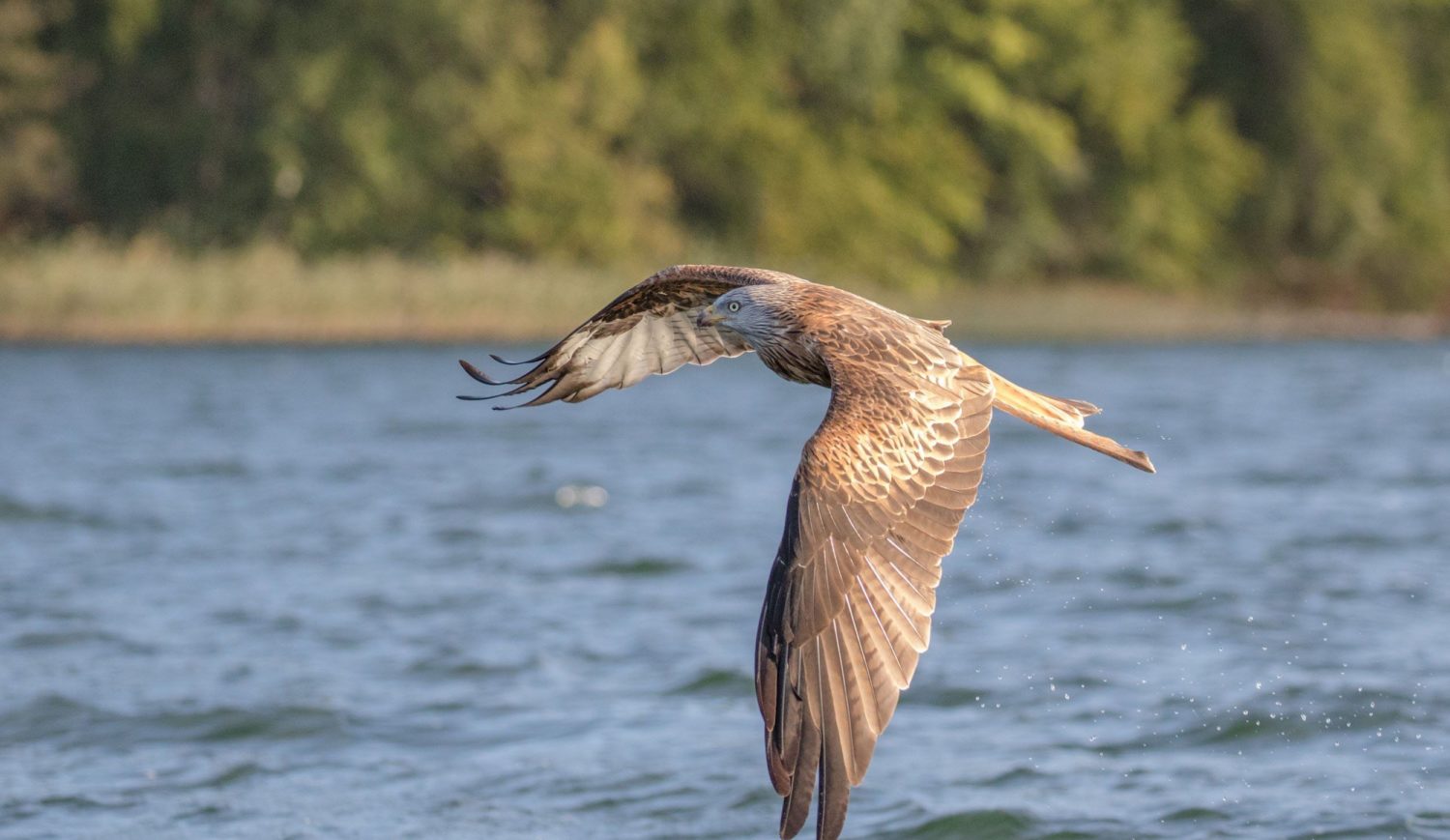
Knapp and his comrades-in-arms have achieved a great deal. After all, it is not least the establishment of protected areas that has contributed to a greater appreciation of nature: "Raising awareness of natural values was and is one of the goals of protected areas. With the national parks as flagships of nature conservation in Germany, this has come a long way. Today, the national parks are highly valued and it is impossible to imagine life without them. Thirty years ago, things looked different." A new milestone was reached in 2011 with the UNESCO World Heritage status of the beech forests on Rügen's eastern steep coast and in the Müritz National Park reached. Some of the trees here are several hundred years old; some corners, especially on the impassable steep slopes on Rügen, are even considered primeval forest - because due to the difficult conditions, the forest was probably never used for forestry.
Knapp, a geobotanist, spent most of his professional life on the small island of Vilm off the coast of Rügen. Here he fine-tuned the concept for the national parks - and founded the Nature Academy, which he headed until his retirement in 2015. However, the busy professor has by no means retired; he continues to fight for the protection of nature. Not only, but especially on Rügen. Here he is working towards an expansion of the Southeast Rügen Biosphere Reserve. Because that's actually far too small, Knapp says - and adds, "We were just too modest back then." So far, the protected area covers southeastern Rügen, the Bodden between Putbus and Thiessow, some coastal strips and the island of Vilm - an area of around 228 square kilometers. UNESCO agrees with Knapp: according to its guidelines, a biosphere reserve must cover at least 300 square kilometers. But even then he does not want to be satisfied. His vision: The entire Island Rügen becomes a biosphere reserve.
This is how you get to Jasmund National Park by train: Plan arrival.
Cover photo: The chalk cliffs on Rügen were considered picturesque not only by Caspar David Friedrich © TMV/Tiemann